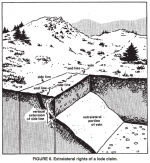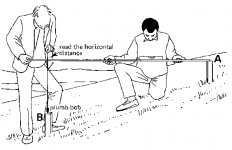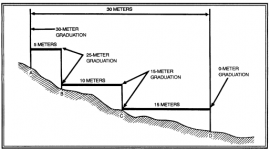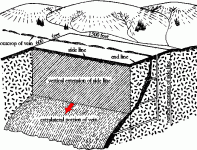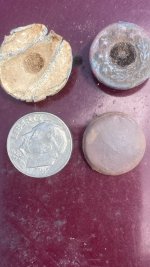blackchipjim
Full Member
- Dec 25, 2016
- 213
- 194
- Detector(s) used
- bounty hunter time ranger
- Primary Interest:
- All Treasure Hunting
I may be thinking too long and too wrong on this claim. Say I have found a prospect on the side of rather steep hill/mountain. The vein is an outcrop on one side of the mountain and appears on the other side of this mountain. In theory it is well over a standard lode claim and might not be the same vein/outcrop on the other side. This is the question do I file a discovery on both outcrops and file claims that would include land between them from one end to the other?
Amazon Forum Fav 👍
Upvote
0



